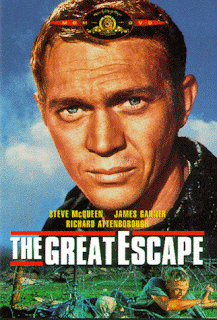Film reviews can make or break a film. If a respected magazine compliments a film, it is more likely to receive a larger audience, but if a respected magazine rates a film badly, then the opposite effect is likely to happen. The purpose of a magazine film review is to give a professional opinion on an upcoming film for people whom are considering going to watch it. Another purpose of a film review is to potentially 'sell' the film to its audience, similar to the purpose of a film poster, but done in more depth and generally less bias. It is more likely that someone will believe what is written about a film in a review than what a film poster says. This is because film reviews are usually written by well respected magazines/writers, that are impartial and unbiased, therefore making them more reliable than a poster.


Left: Harry Potter 6 Empire Magazine Review
Right: Harry Potter 6 Poster
Both the review and the poster look to be 'selling' the film, but "Empire" is clearly less biased for the film than the poster.
Why do Film Reviews contain an element of risk?:
As said before, film reviews are pivotal to the success of a film. When written by respected magazines, audiences will take in every word they read about the film, and this has the potential to sway their decision from watching it to not watching it and vice-versa. The film 'Catwoman' is a good example of a film that was beaten by reviews, before it even reached cinemas. 'Catwoman' was supposed to be a spin off from the massively successful films 'Batman', and was expected to reach great heights in the film world. However, the film was heavily criticised by film magazines, with Empire rating it 1 out of 5, calling it '"tragic".
Below is 'Catwoman's' Film Review from Empire Magazine:











































